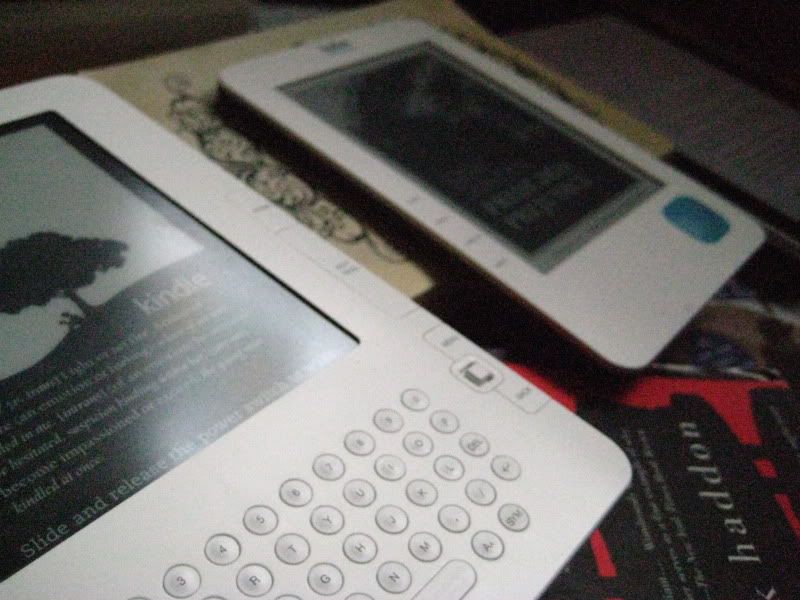Per PEW Internet, the number of e-book device owners doubled over the holiday season to 19% of the adults in the United States. My 78-year-old neighbor has already asked me could he purchase my new mystery about to be released next month, for his Nook. He adores his e-reader. Why? He can sit in his deer stand and read without making noise and scaring off the deer.
That means if you write books, they darn well better be in e-book form. But before you scramble to throw something together and start buying guidelines on how to format for Kindle, slow down. Decide if you want to format, design and manage those ebooks yourself.
Yes, it sounds simple and lucrative if you take all those rosy-colored blog posts verbatim, and choose to think you're the next Amanda Hocking. But do you have the savvy to make them polished? And do you want to take the time to manage sales? All of this comes out of your writing time, remember.
Formatting can be a bear. It's never as easy as some profess. Those went through a learning curve, and now that they are on their fifth or sixth book, they think it's easy. They'll blog about the ease of formatting, but it isn't elementary. It's doable, but not without frustration. Or you can pay someone to format your e-book, like E-book Architects or Design by Insight (they also do covers).
Covers are profoundly important. Even with e-books, because that tiny thumbnail cover needs to pop online. Covers drawn by friends with amateur ideas keep readers from touching the Buy Now key. That means hiring a decent graphic designer who knows e-book design. Yes, invest in a good one, especially if it's fiction. Design by Insight listed above does covers. Any graphic designer can. Many web designers do as well. One unique site to land a cool cover is 99 Designs, where you have people bid to do your cover. I've seen some beautiful material come from this site.
Management sounds easy. Upload and college the checks. But you should monitor those books, understanding when to drop the price, raise the price, or offer it for free. How is the competition? What is making your book sell, or not sell?
You might consider an e-book publisher. Yes, you have to be vetted, and yes, your book needs to be well written. You will get rejected before you are accepted. But an e-book publisher (or traditional publisher who publishes you in print and electronically) has a lot at stake and knows what covers work, how to format, and when to calculate promotional tricks on Amazon. Your royalties should run 25% minimum (that's on the low side) up to 70% (for ebook publisher trying to collect a stable of writers and get off the ground). 40% is good.
E-books aren't a quick fix to becoming published. If you do it yourself, be prepared to get muddy up to your elbows and pay for professional services to avoid that "crayon cover" look and crazy spacing and formatting gaps. And don't feel shortchanged if you go traditional and receive less royalties, because they handle much of the headaches, leaving you free to be more creative than entrepreneurial.
There's a huge pressure these days to self-publish. Commit to doing it right. Or keep submitting to traditional publishers to improve your chances of looking good. Just don't cut corners, even if you have to wait longer to see your name up in lights on Amazon.

3 comments:
Very helpful post! I'm seriously considering self-publishing my next book for secondary teachers and this is a succinct summary of some key issues to concern myself with. The royalty range has always been a question for me, and I was ignoring the design element since I'm thinking content-content-content...but then your post got me thinking of some beginning design ideas. Thank you!
Lyn
Thank you so much for your mention of my design site (Design by Insight)!
Your post is excellent and gives your readers a lot to think about regarding ePublishing process!
You are quite welcome, Erin.
Post a Comment